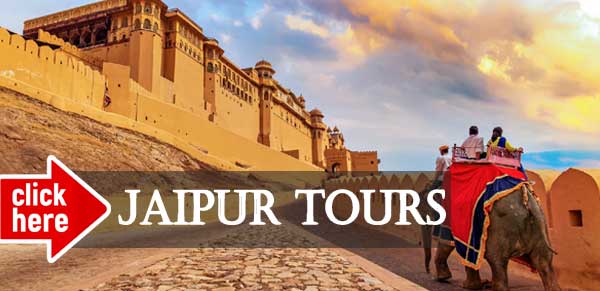

Jal Mahal (meaning "Water Palace") is a palace in the middle of the Man Sagar Lake in Jaipur city, the capital of the state of Rajasthan, India. The palace and the lake around it were renovated and enlarged in the 18th century by Maharaja Jai Singh II of Amber.
Jal Mahal, or the Water Palace, is situated at the centre of a lake called the Man Sagar Lake in the city of Jaipur, Rajasthan. It was built by Maharaja Pratap Singh and restored by Maharaja Jai Singh II in the 18th Century. Thousands of tourists visit this palace every year to enjoy the exquisite view and natural beauty. From the edge of the lake, one can hire the Rajput-style boats built by the boat makers of Vrindavan, and gently sail to the palace.
In the 16th Century, the area of the lake was a natural depression where water used to accumulate. Later on, the onslaught of a harsh draught led the rulers to build a dam on the area to preserve and restore water. Thus, the lake was formed and the palace was renovated to give it back its original look.
The palace of Jal Mahal reflects the confluence of the Mughal and Rajputana styles of architecture. This five-storeyed building is made of red sandstone, out of which only the top floor is fully exposed and hence visible, while the others are submerged in water. The well decorated hallways and huge chambers on the first floor will delight tourists before they climb upstairs to see the most beautiful part of Jal Mahal.
History of Jal Mahal Jaipur
Jal Mahal which literally means the “Water Palace” is a palace located in the middle of the Man Sagar Lake in Jaipur city, the capital of the state of Rajasthan. The palace and the lake around it were modernized and enlarged in the 18th century by Maharaja Jai Singh II of Amber. Jal Mahal, that means water palace in English, is a beautiful place that is located in the center of the lake Man Sagar, in Jaipur.
Jal Mahal Architecutre
Jal Mahal Jaipur is made of red stone and is 5 stories high. The 4 floors of the palace stay under the water and it is only the 5th floor that is visible. There are 4 chattris on all the four corners of the palace. These are octagonal in shape. The fort has some of the exquisite marble carvings which denote the royal touch and the palace also has twenty pillars which are the cenotaph of the royal family of Raja Jai Singh. The lake, as well as the place, was renovated by Maharaja Jai Singh 2 in the 18th century.
 During the rainy seasons, the city lake gets filled up with water. The water palace is open only through boats that take the tourist from the land to the palace in the center of the lake. Even while crossing the palace for the road, the whole view looks very charming that it attracts people of all ages. The lake used to be a bird watcher’s paradise in the past and was a favorite ground for the Rajput kings of Jaipur for royal duck shooting parties during picnics. The lake was home to more than 150 species of local and migratory birds that included Large Flamingo, Great Crested Grebe, Pintail, Pochards, Kestrel, Coot, Redshank, Marsh Sandpiper, Ruff, Herring Gull, Red-breasted Flycatcher, Grey Wagtail, but their numbers declined with the worsening of the lake.
During the rainy seasons, the city lake gets filled up with water. The water palace is open only through boats that take the tourist from the land to the palace in the center of the lake. Even while crossing the palace for the road, the whole view looks very charming that it attracts people of all ages. The lake used to be a bird watcher’s paradise in the past and was a favorite ground for the Rajput kings of Jaipur for royal duck shooting parties during picnics. The lake was home to more than 150 species of local and migratory birds that included Large Flamingo, Great Crested Grebe, Pintail, Pochards, Kestrel, Coot, Redshank, Marsh Sandpiper, Ruff, Herring Gull, Red-breasted Flycatcher, Grey Wagtail, but their numbers declined with the worsening of the lake.
The reserve forest area of the lake catchment has several wildlife species such as Deer, Jungle cat, striped hyena, Indian Fox, Indian wild Boar, and leopards. Jal Mahal Jaipur is one or the sites which tells the story of the royals and their exclusive taste and creations.